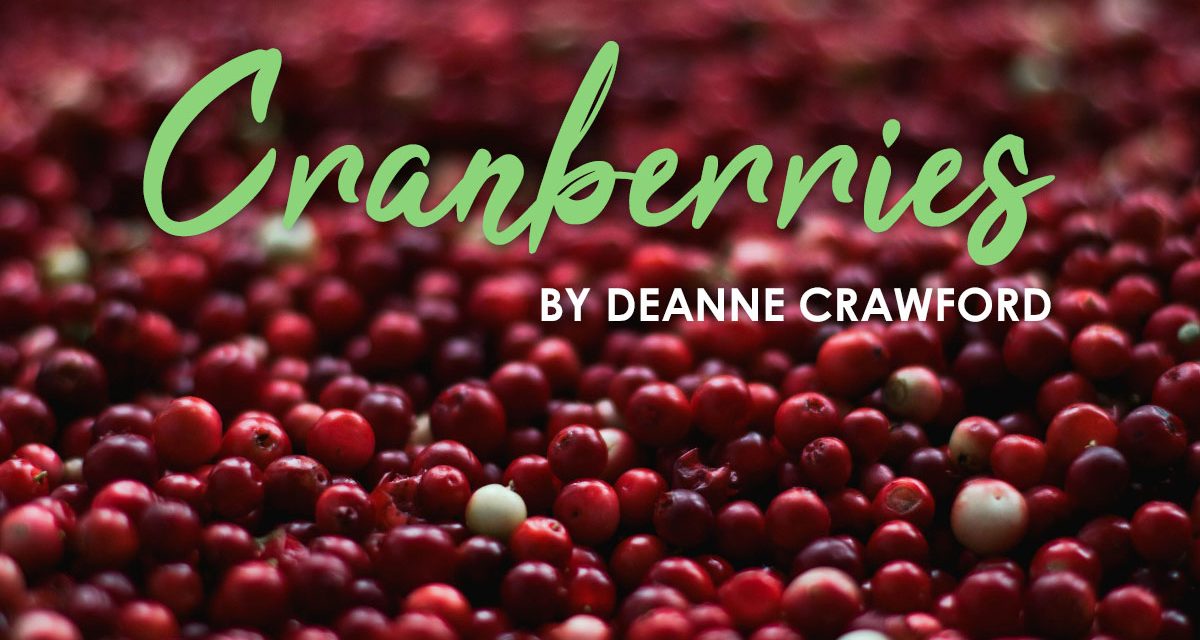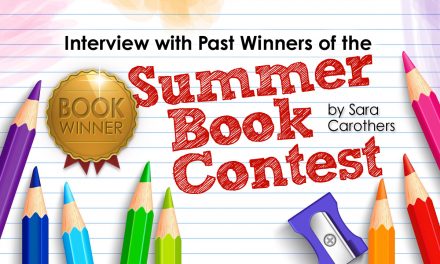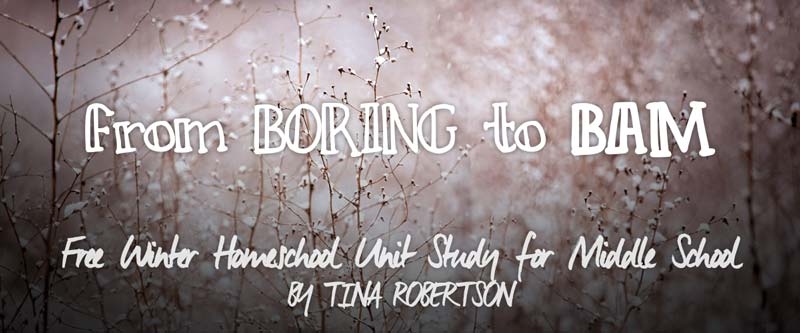As the holidays loom, in this month’s unit study, we thought it might be fun to learn the fascinating history, geography and science of a beloved holiday food. You will notice underlined words (hyperlinks) to family friendly videos and websites to inspire further learning.
Ask your children this riddle: “What am I”? Native to North America, this tiny fruit has been known as pakim, bamin, atoqua, sasesmineash and crane-berry. Enjoyed dried, juiced, and relished, we consume millions of pounds annually, with 20% consumed the week of Thanksgiving. Considered a traditional side dish today, it’s presence at the first Thanksgiving, is questioned. “What am I”? (If you guessed cranberries you are right!)
Welcome to our holiday unit study on Cranberries! Challenge your older children to “do the math.” As Americans, we eat 400 million pounds of cranberries annually, with 20% eaten at Thanksgiving. How many pounds do we eat at Thanksgiving (80 million)? Served mainly as a side dish, cranberry sauce comes either in whole berries or jellied. As time permits, introduce your children to both types and ask them to compare appearance, smell, taste, and texture. Which one do they prefer? Science Buddies offers a fun comparison activity that uses fresh or frozen berries.
With 320 million pounds of cranberries enjoyed throughout the year, ask your children to share the ways they or others they know enjoy cranberries. Would you be surprised to learn that only 5% of cranberries are sold fresh? The rest of the harvest is enjoyed as dried snacks, in juice, and added to make other cranberry products. If your family is one who enjoys cranberries at the holidays but not the rest of the year, this is an excellent time to consider adding this super fruit to your diet throughout the year. Both cranberry juice (or a mixed fruit juice with cranberry) and Craisins® (dried cranberries) are easy to implement into your diet throughout the year. Feel free to experiment and add cranberries to a current personal recipe (use cranberries and orange juice rather than water and blueberries in your favorite muffin mix) or check out the Kid Friendly cranberry recipes at Ocean Spray®. This is a great way to enjoy some time together with less stress (the kitchen may get a little dirty and that is OK. Employ their help with clean up!) Not only can you make some fun memories but also practice math skills.
Primarily grown in the United States, cranberry farms are found in five states: Massachusetts, Wisconsin, New Jersey, Oregon, and Washington. Using a map identify these five states with your children. Cranberries are also grown in Canada and Chile. Many people think that cranberries grow in water. But this is not true–although they appear to in the commercials. Cranberries are perennials that require wetlands and a low pH soil (acidic) for growth. Watch Cranberry: How does it Grow and discover a New Jersey cranberry farm. Explore Cranberry bogs more in-depth with these interactive lesson plans.
Cranberries were first cultivated by Native American tribes on the US Eastern Coast to provide necessary vitamins and as a poultice, heal arrow wounds. Thanksgiving is a wonderful time to teach children about the friendship between Native American Indians and the Pilgrims. Scholastic offers several helpful resources to teach children of all ages. The 19th century sailors ate them raw or boiled to prevent scurvy. Learn more about the discovery of scurvy here. Would you be surprised to learn that the first cranberry sauce was not marketed until 1912? Marcus L. Urann, lawyer and farmer, wanted to find ways to use cranberries throughout the year. Uniting with other local famers, he established a local cranberry co-op, which grew into the successful Ocean Spray Cranberry Company today. Learn more about Mr. Urann and his cranberry conquests here. Did you notice the canned cranberry sauce essential to Thanksgiving dinner today was not mass marketed and sold until 1941? Ask your children if they can think of any significant events that also happened in 1941? (Read about Dec. 7, 1941 when the U.S. entered WW II)
Before we end our study on cranberries, let’s take a moment to consider the amazing health benefits of this super fruit. High in vitamin C, antioxidants and fiber, but low in sugar, cranberries offer a great number of health benefits including a stronger ability to resist the common cold or flu, prevent cancer and dementia (Alzheimer’s) along with other documented health benefits. Families will have different levels of exposure to these illnesses. If your family is impacted by any of them, set aside time to understand these illnesses in a language children can understand. Begin with a basic understanding of your immune system before moving into more in-depth explanations with these helpful websites: Colds, Flu and You! Someone in My Family has Cancer; and Dementia Explained for kids (Alzheimer’s Research UK). This information may be helpful regardless of your family’s immediate interaction with these illnesses. All of us, at one time or another will meet someone facing one of these health challenges.
As you enjoy family time this Thanksgiving weekend, set aside time to create crafts using cranberries together. String popcorn and fresh cranberries to create a festive holiday garland. Smaller hands may do well with stringing fresh cranberries and Cheerios™ in lieu of popcorn. This is a wonderful way to decorate outside your home while providing food for wintering birds. Make cranberry spy juice for writing secret messages or make a tie dye napkin (or tee-shirt!) by making dyes similar to early Native Americans. For additional ideas, check out Ocean Spray’s cranberry crafts and décor for decorating and gift ideas and instructions.
Thank you for joining us in our journey to understand this amazing super fruit. It is my prayer you enjoy creating special memories this holiday season.
~Deanne





